There's been a bit of a debate among self-publishers as to whether or not putting your target keywords in the book description actually helps with visibility.
Many believe it's a waste or that Amazon doesn’t pay attention to them.
This is not true. And in this article, I’ll show you that they do affect your book, and also why you should pay attention to the keywords in your description.
And no, this isn’t about keyword stuffing or gaming the system. There's much more to it than rankings. Having the right keywords in your description will help you turn shoppers into buyers–let's dive into why that is.
- How Amazon looks at the words in your book description.
- How keywords in your description affect your rankings.
- Steps to improving your book description that aren't rankings related.
Table of contents
Does Amazon Look at the Words in Your Book Description?
Let’s first address the primary question: Does Amazon look at the words in your description?
The best source for answering this would be A9. A9 is the name of the company that designed the search bar on Amazon as well as other functions in its online store. It's their system that figures out which products should show up for which search. If anyone would know, it would be them:

A fun fact: The above is a screen capture is from their website using Archive.org. I had to do this because back in September 2019, the Wall Street Journal (WSJ) posted a highly critical article (which is also a great read) claiming that engineers at A9 had reported to the WSJ that Amazon was forcing them to tweak the Algorithm to push Amazon's products over other products. A couple days later, the A9 website was shut down and redirected to Amazon.com.
As you can see, they say they index all product descriptions–that would include books. Therefore, they take into consideration the words authors use in the book description to help understand where, and for what searches, a book should be listed.
Are you curious whether keywords in your book description will help you gain more visibility for your book? Check out this Kindlepreneur article to find out more. Click To TweetHowever, some authors claim that using keywords in their book descriptions doesn't work. Here are two examples that ‘prove' this:
- Example 1: The first is where they put a random made-up word in the book description. Then they do a search on Amazon and nothing comes up. Thus, to them, this is proof that Amazon doesn’t use book description information.
- Example 2: Another similar test is where an author will take a full sentence of a famous book description, copy it and paste it in the search bar. Again, nothing happens.
So, if a unique word or full sentence doesn’t bring up the book that it belongs to, but Amazon’s A9 says they use the words in a description to place books in search results, then how exactly do they use it and how can we use this information to better our books?
Here's my theory. There isn't any specific proof that I can find, so please understand that the next part of this article is my educated guess on how they do it. Plus, I did see results from my kindle keyword experiment that seem to back up my theory. And yes, I am assuming that A9 isn't lying–they wouldn't have a reason to do so.
I believe they use a categorical density word cloud, just like they do with the review section of a book's sales page.

A density word cloud is a system that displays the most common words in a section, as you see above. In this word cloud, Amazon has pulled common words that reviewers use when discussing the book. Notice this isn't full of random words, or common words like “if,” “the”, or “and” or anything like that.
Instead, they are specific and can be broken into 3 types:

- Author and book publishing specific words (Orange)
- Review related words (Blue)
- Keyword and category phrases (Red)
The first two make sense. These are general words or phrases that pertain to the author and information about the review.
The third one is particularly important. You see, Amazon doesn’t account for random phrases or words. It looks for genre-specific phrases (fiction) or subject matter information (non-fiction). It’s as if, through other information, it knows your book is Sci-fi and will look for science-fiction specific terms that would best serve a customer. As you can see from the example above, it shows category type keywords, catalysts, and even settings (all of which I discuss as important types of keywords for fiction here).
I strongly believe Amazon doesn’t just catalog any or all words in a book description, but looks for specific types of phrases that it knows exist and are in your genre or subject matter. It also doesn't operate using full sentences but uses specific words or phrases that are common to what it thinks is valuable for the potential reader.
I also believe seeing phrases like this in your description helps give Amazon’s search algorithm a stronger belief that your book truly is a Sci-fi novel about “time travel” or “memory syndrome.”
Format Beautiful Professional Books
Easy to use, and and full of amazing features, you can quickly turn your book into a professional book.
Check It OutSo, How Do Keywords in Your Book Description Help You?
As you can see above, using your target keywords in your book description helps Amazon index your book for those phrases and gives them a stronger belief that you truly fit for those search results.
However, I do not think that stuffing all your target keywords into a book description for indexing purposes is a good idea.
Instead, there is a more important and effective way of using them…sort of an ‘artistic' approach to it all.
The Real Art of Adding Keywords to Your Book Description
The main purpose of a book description is to convince a potential reader they should buy your book. It does this by telling them what the book is about, which builds intrigue or informs them of the benefits of reading it (depending on whether its a fiction or non-fiction book).
While this article hasn't been written to discuss all the nuances of fiction and non-fiction book description tactics (something I am working on though), it has been designed to help you understand a very critical sales copy method all users should employ in their descriptions.
That is the art of using the customer's own words.
Say you're a busy mom who's trying to lose weight before the summer so you can look good in that swimsuit. How would you react if the first sentence of a book description said “Trying to lose weight in time for the summer?” And went on to talk about looking great in your swimsuit? What if the description listed your specific qualms and said the method in this book was designed for women whose lives are busy? Basically, that book is speaking your language. It is specifically saying who the book is for, what it will do, and addressing your concerns — using the words you'd use to describe them.
Here's a fiction example. You love epic fantasy adventures with dwarves and elves. Your favorite book is Lord of the Rings. But you've personally been burned before on buying one and finding out it was a romantic fantasy and the protagonist is a literal ‘knight in shining armor.' (See what I did there? Okay, no more dad jokes.) Now imagine you find an intriguing book with a description that ensures you this is an epic fantasy with the type of characters you love and is not a YA or a romance-filled adventure. It's intrigued you, while also alleviating your fear that this isn't your type of book.
So, how do we know what to focus on, so as to connect with the reader, and use their words?
Keyword research.
Remember, keywords aren't just about making Amazon's search algorithm happy or getting rankings. If you do your keyword research right, you'll find the words your target shopper uses when describing the book they're looking for. Armed with this information, you can improve the quality of your book's description and convert more shoppers into readers. If you don't believe me, here is a case study where the improvement of a book description tripled the conversion rate.
So, how do you improve your description? There are two important aspects:
- Making the book sound intriguing with fiction or ensuring you will provide the answer readers seek in non-fiction.
- Confirming to the reader this is the book they are looking for.
Let's break that down a bit more for fiction and non-fiction.
Need Help with Your Keywords?
Take my full featured video course on how to select the best keywords and categories for your book.
Take the CourseFiction Keywords for Descriptions
For fiction authors, you can learn more about this process here. Here's is a quick summary for those who’ve read that article:
- Time period and settings
- Character types and roles
- Plot theme
- Special situations & events
- Genre tone
When shoppers look for fiction books, the words and phrases they piece together to describe that book can be categorized using the five areas listed above. Doing your keyword research properly, you can not only discover more terms that truly fit your book but also learn what's popular and which phrases your readers use.
Start by making a large list of phrases to describe your book in the above areas. Then you can use a tool like Publisher Rocket to see what else people type into Amazon. Now that you have that written down, you can choose phrases that are typed into Amazon using the Amazon ‘searches per month' feature in Rocket, and select phrases or keywords you might want to use in your book description.
Steps to Generating Keyword for a Fiction Book Description:
- Create a list of phrases or words based on the five categories above
- Put those phrases into Amazon's search box and see what they suggest, or use a tool like Publisher Rocket to generate even more terms
- Select those phrases that best fit your book and can be tactfully entered into the description
The below is an example of what this would look like.

Non-Fiction Keywords for Descriptions
For non-fiction authors, you can learn more about the process here. However, to summarize, non-fiction keywords are centered around:
- Pain points & process
- Results & solutions
- Emotional reasons/'the why'
- Demographics–who is your market
When shoppers look for non-fiction books, they often use phrases that can be categorized in one or several of the above areas. They describe the problem they are facing, the solution they seek, their purpose behind it, and then want to ensure the book is the right choice for them.
In order to best reach our target market, our book descriptions should reassure the customer this is the book they are looking for, which involves incorporating these kinds of words or phrases into our description.
In order to do this well, like the fiction process above, you should start by creating a list of words for each of the areas noted above. Then, use Amazon's search bar or Publisher Rocket to gain even more legitimate phrases shoppers use to expand your list. After, look through those words and select the ones that fit.
Steps to Generating Keywords for a Non-Fiction Book Description:
- Create a list of phrases or words based on the categories above
- Put those phrases into Amazon's search box and see what they suggest, or use a tool like Publisher Rocket for it to generate more terms
- Select the phrases that best fit your book and can be entered into the description
Below is an example of what this would look like.

So, What's Next?
As you can see, Amazon does use the words you put in your book description to help serve the right books to the right readers. As we theorized, they don't do it directly like some would think. Instead, I believe they use word cloud density for genre or topic-specific phrases.
We also know the best use of our keywords is when we strategically and artfully add them to our description to entice the reader to buy our book. This isn't just about rankings, but about knowing our target shopper and meeting their needs, addressing their concerns and ultimately helping them realize your book is the best book for their needs.
The next time you go to write your book description, think about your keywords as vehicles for connecting with your target shopper. You'll write a more powerful book description in the end.
Cheers,


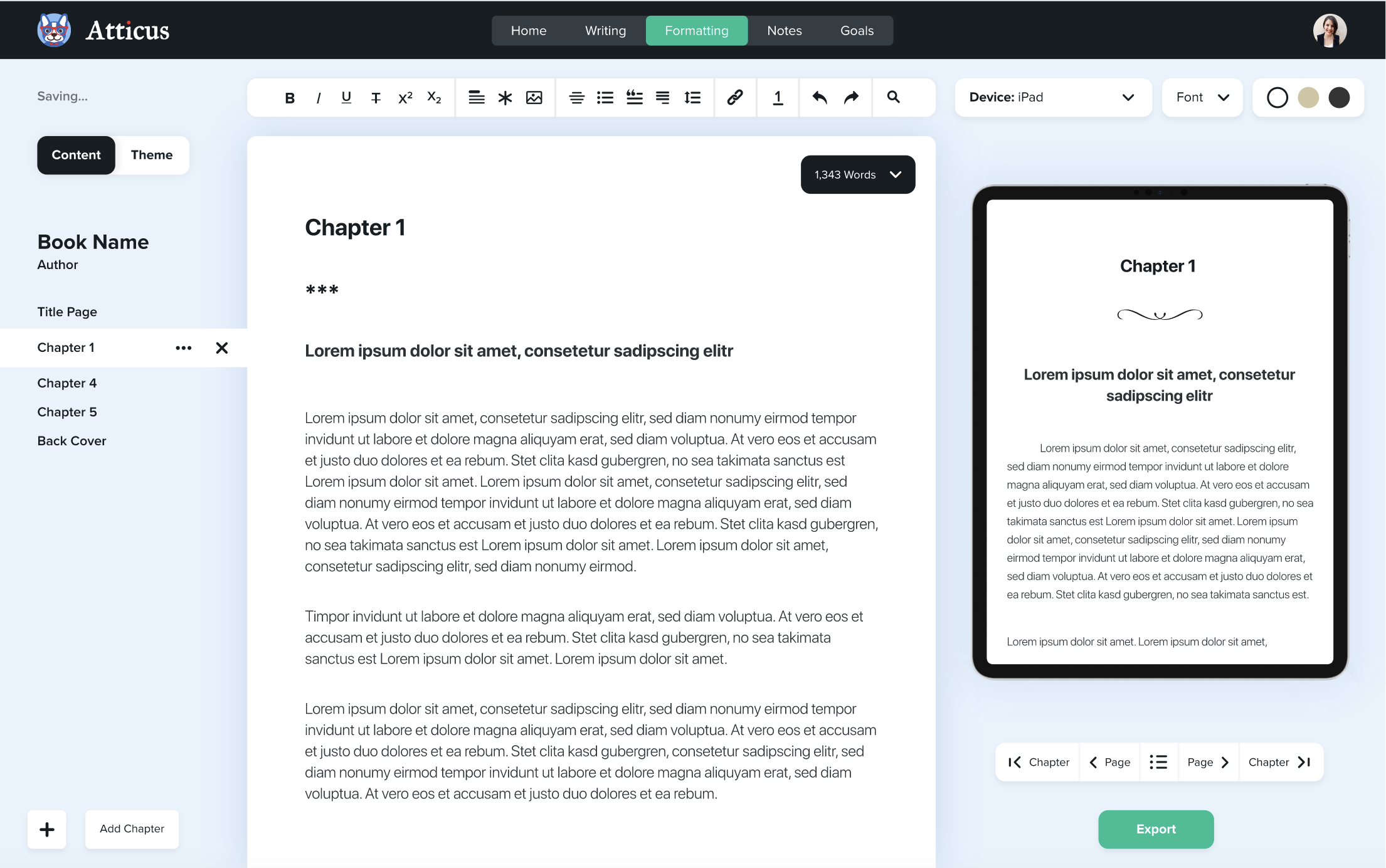



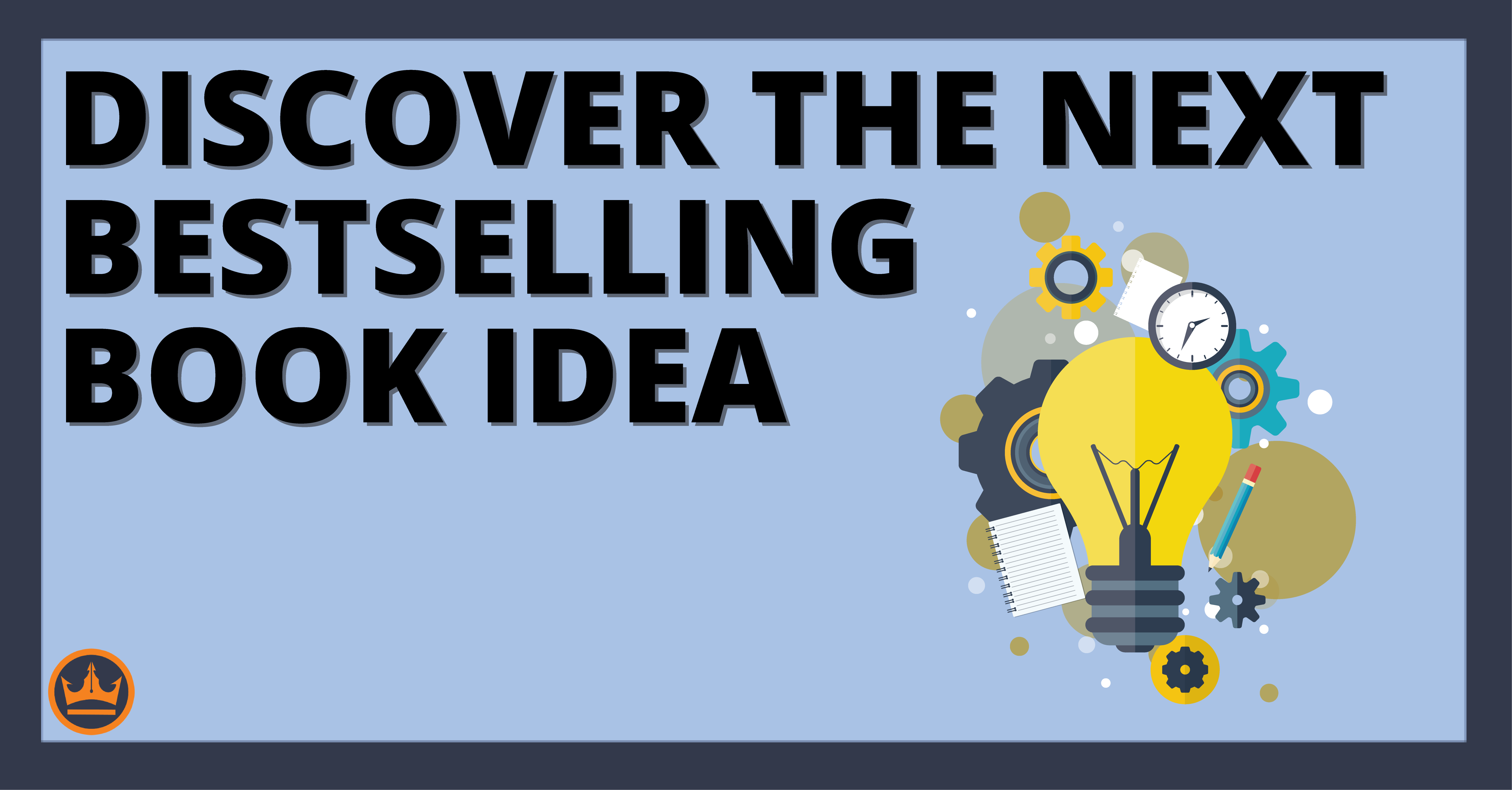
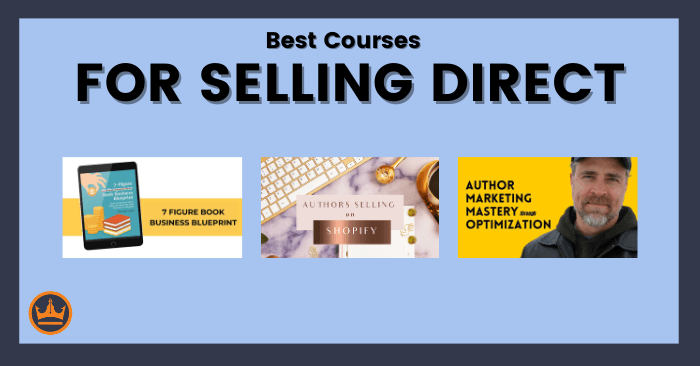
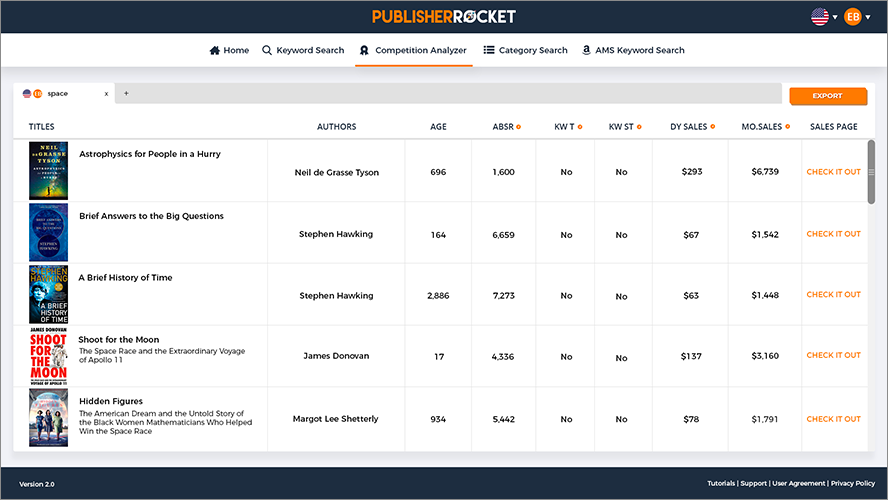
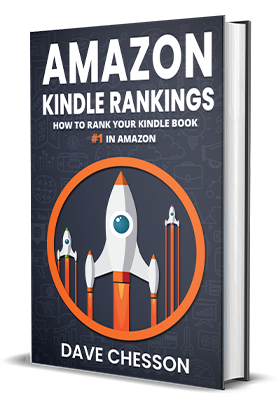
This article was so helpful! One things that confuses me about keywords: are they searched as a “unit” so if someone types in only one of the words in the phrase, will that still take them to the book? Or only if they type in the whole phrase as I have written it? And in the keywords spaces, should it be only a cohesive phrase? Or can it be random words that a reader might type in? Such as “Regency Pemberley sisters”? (with no quote marks) Or “horses intrigue coming-of-age?” Thanks Dave.
One of the things I found from the experiment in this article (https://kindlepreneur.com/7-kindle-keywords/) is that if a word or phrase is in one of your 7 kindle keywords, Amazon will work to index for all the combination of the words in that phrase. But I can’t say for sure if that works for Book Descriptions.
I’m in complete agreement – putting keywords in the book description does have an effect.
Three things you didn’t mention though:
• A book description can be up to 5,000 characters long. Used well, a longer description can be effective.
• The first five lines of a book description are all that will be shown before a ‘Read more’ link. Those first five lines bust give the reader the incentive to click that ‘Read more.’
• You can use a limited amount of HTML in your book description. Be careful though. If you use something like text then although the text will be shown as a title it also introduces spacing which means only four lines of the description is shown before the ‘Read more’ link.
I note that A9 said that bulleted lists are picked out as possible areas for keywords. This is particularly noticeable in non-book products but maybe there is a case for authors to use a bulleted list in their book description – probably best below that first five lines?
You can get a bulleted list using first itemsecond itemthird item This is allowed Amazon HTML.
Yup, those things covered in my free Book Description Generator tool, and the Book Description Formula pdf.
Thanks alot. This was amazingly rich.
Awesome and glad you liked it.
Dave, I’ve never written to you before to let you know how much I appreciate the help and advice you share so freely and regularly. This piece was another gem: very helpful and written in your trademark no-hype and modest style. Thank you!
Wow…thank you. That totally made my day to read. I’m super glad you liked it.
Thank You! This is very very helpful!
Glad to have helped!